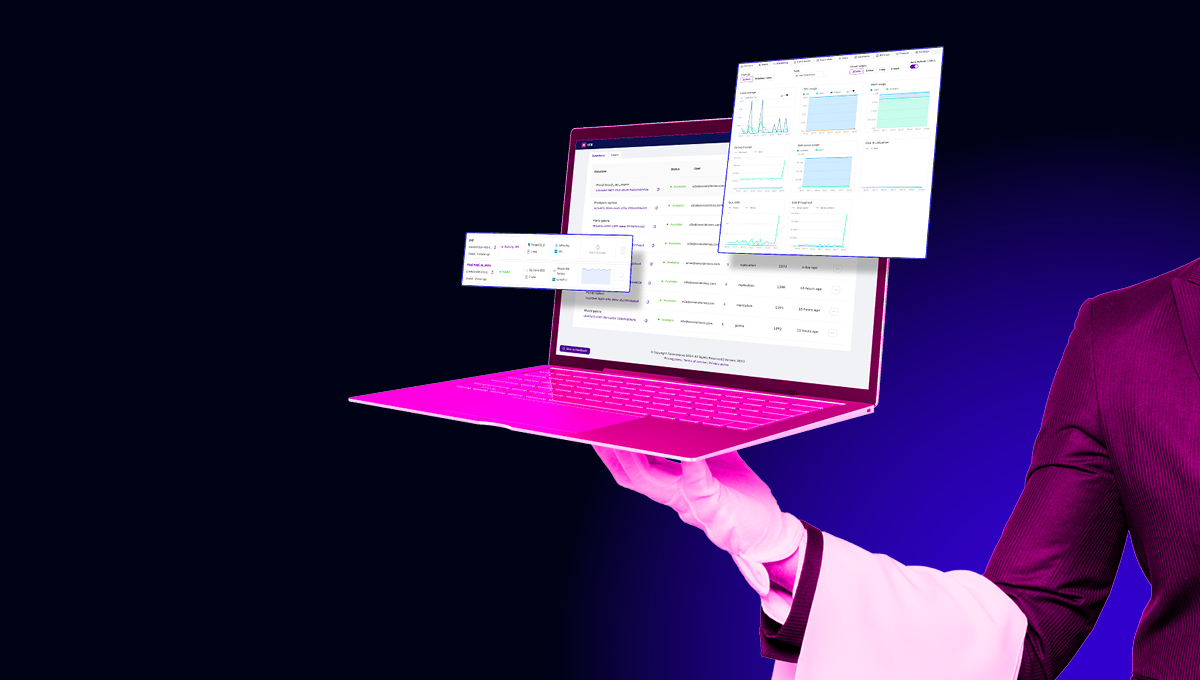blog
Database-as-a-Service (DBaaS) Solutions for Back-end Developers

Back-end developers usually focus on the “deeper” end of an application: while front-end developers focus on design, layouts, and the like, back-end developers are focused on the functionality that is mostly invisible to the end-user, but important nonetheless. In this blog post, we will go over why database-as-a-service (DBaaS) solutions might be useful to back-end developers.
What are DBaaS Solutions?
Before getting into the details of why DBaaS solutions can be useful for back-end developers, we must first understand what they are in the first place – in its simplest form, database as a service solutions allow us to operate our databases, work on them, and also scale them, without having to worry about the problems situated around the database management system you use.
If you find the power of database-as-a-service (DBaaS) solutions attractive, make sure to give one of them a go – but before doing so, make sure you understand the implications of your actions and make sure you know whether you even need a database-as-a-service solution in the first place.
How can DBaaS Solutions Be Useful for Back-end Developers?
Now we get into the real deal – if you are a back-end developer, how do you know whether the DBaaS solution you use is actually useful and improves your productivity? To do that, we would need to keep an eye on the following things:
- Is the database-as-a-service solution we are going to use developed by a reputable company?
- Is the database-as-a-service solution used by some well-known companies? If it is, that’s a very good sign because well-known companies generally trust other well-known companies.
- If you have answered “yes” to both of these questions, however, you also need to ask yourself whether the solution you use is useful to you as a back-end developer? Would it take some hassle of your hands? Your answer should probably be “yes” if:
- The DBaaS solution you use provides you with a quick, but comprehensive overview of the services you have set up letting you modify the things happening in your database instances as well.
- The DBaaS solution you use provides some information about the services relevant to your database instance (databases, load balancers, their status, type or role, perhaps even some connection information, etc.)
- The database-as-a-service solution you have chosen lets you monitor the statistics relevant to your database nodes ranging from load average to CPU, RAM, network and disk space usage. Found a DBaaS that shows how much space is utilized by your hard drives too? Great!
- Your DBaaS of choice also allows you to observe query statistics (what queries are running at present, etc.), also add new users or databases when you want to.
- Your database-as-a-service of choice also comes with load balancers like ProxySQL.
“Wow, that’s a lot of things I would need a DBaaS for!” – we hear you saying. That’s true, but don’t fret – CCX by Severalnines is here to save the day.
CCX for Back-end Developers
Once you log into CCX provided by Severalnines, you will able to observe information relevant to your data store – CCX, as all good DBaaS providers should, will provide you with some information regarding your datastore including when was it created, whether it’s available or not, what database management system it runs, on how many nodes, what’s its cloud provider and where is it located:

Click on the data store and you will be able to see a bunch of settings you can choose from ranging from the overview of your services to adding users and databases onto your database node. Take a look!
This could be very useful for back-end developers because when interacting with your database, some database management system versions might work differently than others.
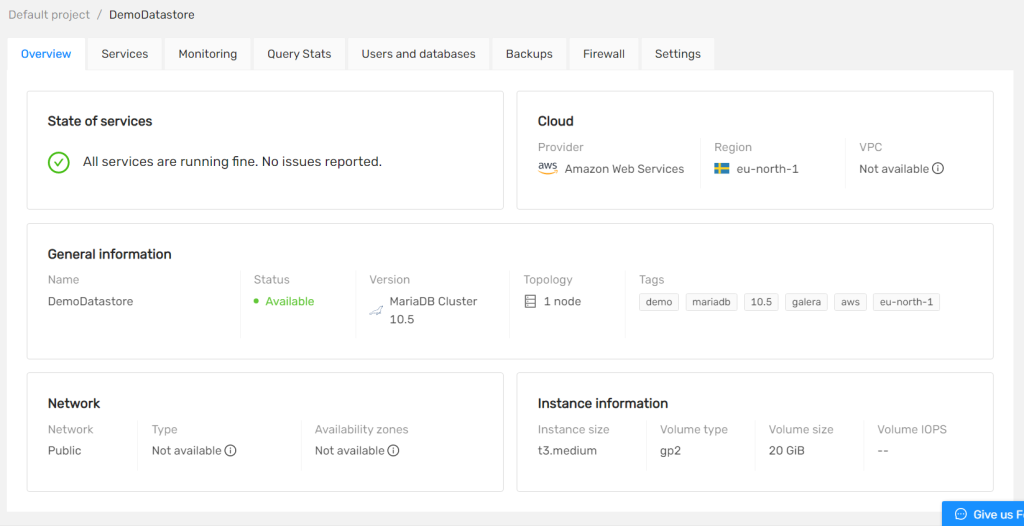
Click on the Services tab, for example, and you will be able to see the service information (status, type and role, and connection information that you can copy and paste) relevant to your database nodes as well: in this case, back-end developers could make use of the information provided below to connect to their database instances and roll from there:
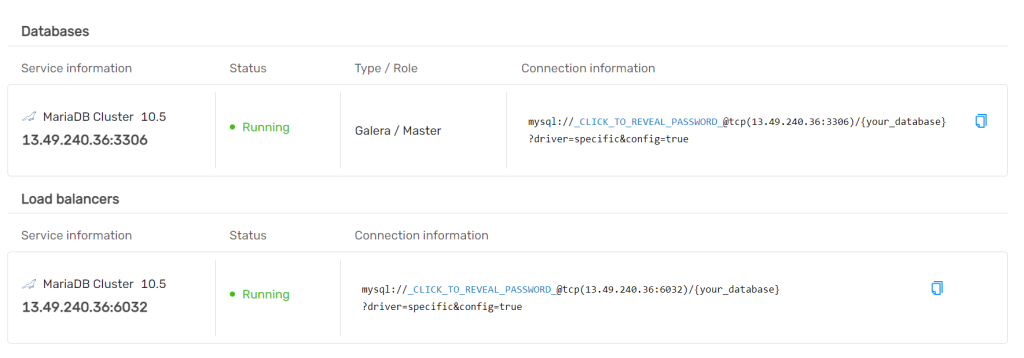
Another part of CCX that might be very useful for back-end developers is the monitoring part. CCX by Severalnines will help you monitor your database nodes too: it will display the average load of your database nodes, CPU, RAM and disk usage, network usage, disk I/O utilization, etc. for example, if back-end developers are developing some sort of a system that interacts with the database but queries are no longer coming through, it may be because of the fact that the database node is overloaded – keep an eye on this part of the service to know for sure:
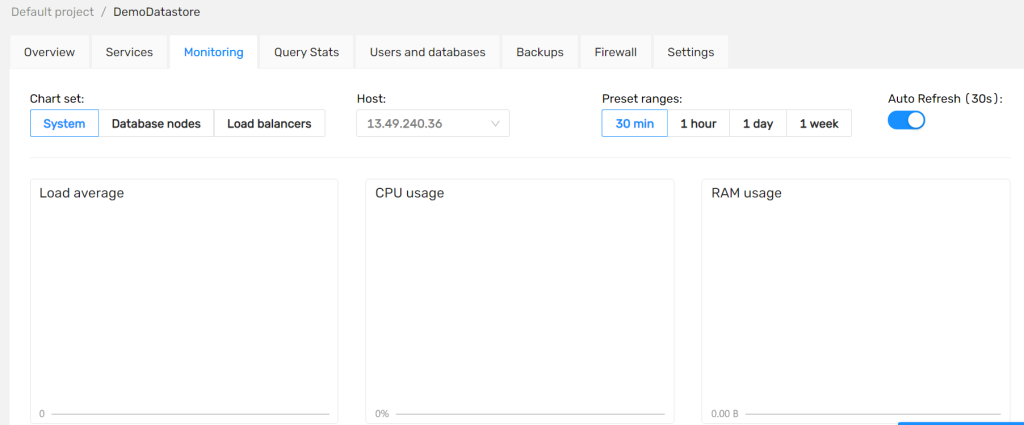
If that doesn’t work, you also have an option to observe the queries currently running in your database instances as well – terminate them if they are not necessary:
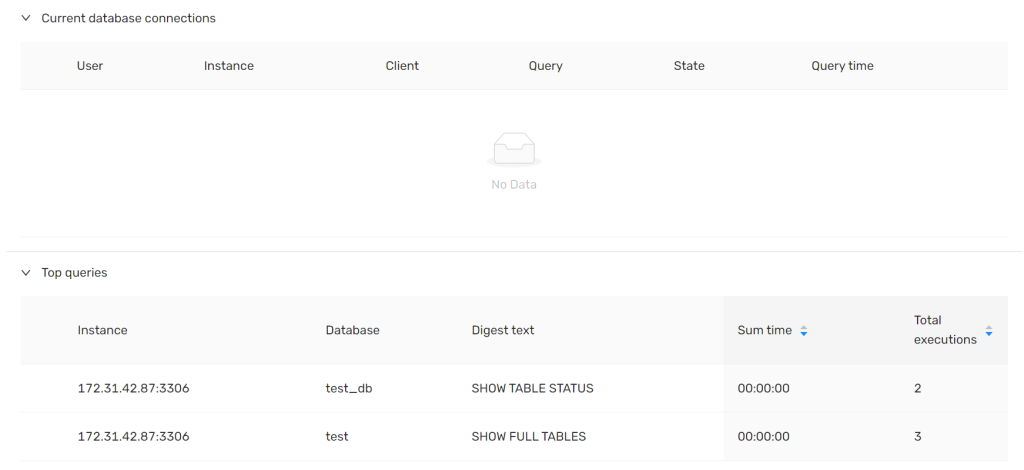
Also, if you’re a back-end developer, you usually need one or two database users and a database you can use to connect these users to. CCX will help in that case as well – simply click Users and Databases and you will be able to add both users and databases – it’s that simple!
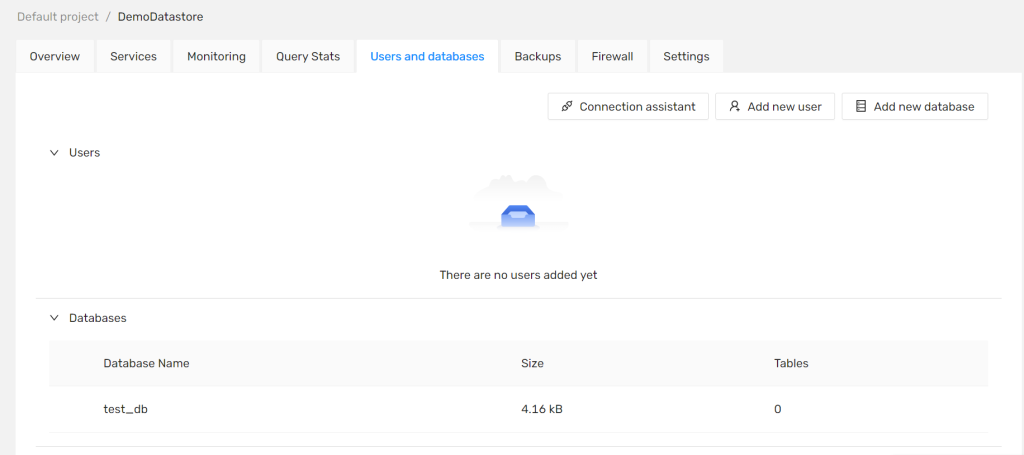
CCX by Severalnines will also help you monitor your backups, and also change your settings related to the service if you so desire, back-end devs could also see a boost in performance after using services built-in to CCX like ProxySQL that is able to put some load off your databases’ shoulders.
To summarize, services like CCX by Severalnines are useful to back-end developers because they enable back-end developers to automate services that would otherwise consume a lot of their time. CCX, for example, can help with monitoring, adding a new user or database to a certain database instance, it can help with backups, observing the query performance in your database instances, etc. – all of this could be extremely useful if they don’t want to spend any unnecessary time on managing their database nodes and instances

